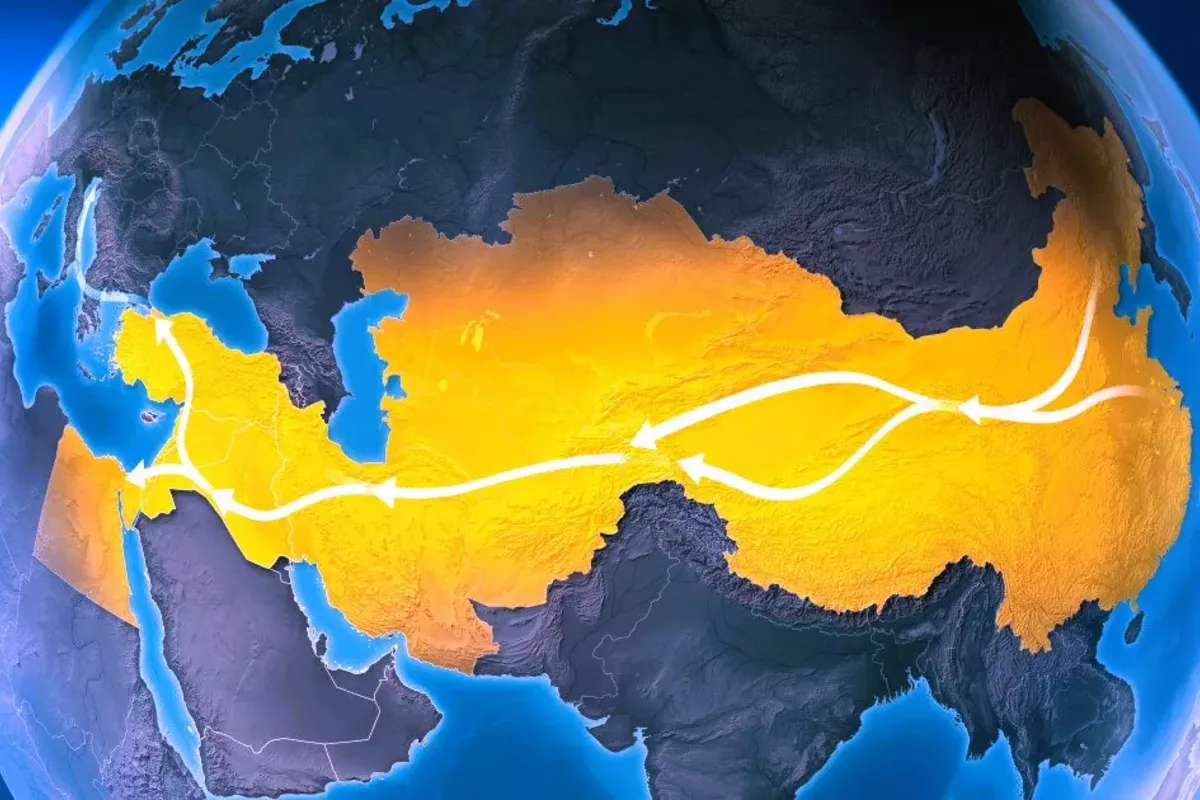
Photo credit: bakuresearchinstitute.org
A potential U.S.-mediated agreement between Armenia and Azerbaijan could create a new transport route through Armenia’s southern Syunik region, connecting mainland Azerbaijan to its exclave of Nakhchivan and extending to Türkiye.
Armenian Prime Minister Nikol Pashinyan has confirmed that Washington proposed managing a 32-kilometer corridor through Syunik to connect the two Azerbaijani territories. While this outline has been discussed publicly, the legal and operational details remain undisclosed, and officials say more information will be released if the agreement is finalized, The Caspian Post reports citing foreign media.
According to U.S. mediators and regional leaders, the route is part of ongoing efforts to normalize Armenia-Azerbaijan relations after decades of conflict. A U.S. official told reporters the plan could “open Armenia to the world” by providing new options for regional trade and transit. Both sides stress that key issues-such as governance, security, and financing-still need resolution. The corridor is one of the main sticking points in peace talks: Azerbaijan wants it free from exclusive Armenian control, while Armenia rejects any arrangement that would compromise its sovereignty.
If realized, the route could become a new link in the Trans-Caspian “Middle Corridor”, which connects Central Asia to Europe via Kazakhstan, the Caspian Sea, Azerbaijan, Georgia, and Türkiye. It would offer Kazakhstan, Uzbekistan, and Turkmenistan an additional westward route, bypassing Russian and Iranian territory.
Traffic along the Middle Corridor has grown rapidly as shippers sought alternatives to northern routes. Cargo volumes along the Middle Corridor surged from roughly 530,000 tons in 2021 to nearly 3.2 million tons in 2022,
Cargo volumes along the Middle Corridor increased markedly-from around 600,000 tons in 2021 to approximately 1.5 million tons in 2022, representing a 2.5-fold rise and climbed further to approximately 4.1 million tons by late 2024. The EU has committed billions of euros to upgrade ports, railways, and logistics hubs, and the World Bank forecasts the volumes potentially reaching up to 11 million tonnes per year. route’s freight volumes could triple by 2030. An Armenian segment could further cut transit times and build redundancy, improving supply chain resilience for Central Asia.
The proposal’s framing as a U.S.-supported project signals a shift in South Caucasus diplomacy. Russia has long mediated between Armenia and Azerbaijan, but its influence has waned amid the war in Ukraine. Olesya Vartanyan, a South Caucasus expert at the International Crisis Group, told AP News, “Russia has been left on the sidelines, because the Kremlin has nothing to offer to Armenia and Azerbaijan.” The initiative also concerns Iran, which fears losing its role as a north-south transit hub.
For Central Asia, the corridor could add a politically diversified channel for exports, reinforcing “multi-vector” trade strategies. It would provide new access to Turkish and European markets, potentially strengthening regional bargaining power.
The proposed corridor is expected to include rail transport as well as oil and gas pipelines and fiber‑optic cables, though construction would be carried out by private firms under a U.S.-negotiated lease agreement as reported by PanArmenian news service.
This could allow Caspian energy exports from Kazakhstan and Turkmenistan to reach Türkiye and Europe more directly, and improve Central Asia’s digital connectivity by reducing reliance on Russian telecom routes.
However, no technical designs or financing commitments have been confirmed. U.S. officials say public funds will not be used, leaving construction to private consortia or development banks. Until contracts are signed, these features remain possibilities rather than guarantees.
Domestic politics in Armenia are a key variable. Sovereignty over Syunik is highly sensitive, and opposition figures have warned against any arrangement resembling extraterritorial control. Pashinyan has insisted no agreement will violate Armenia’s territorial integrity, framing the plan as unblocking roads under Armenian law.
Iran and Russia may seek to influence or slow the process to protect their transit interests. Iran views the route as bypassing its territory, while Russia risks losing a lever in the South Caucasus. Both could apply diplomatic or economic pressure if they see their positions eroding.
Logistically, building and securing infrastructure in mountainous terrain will require large-scale investment and technical expertise. Without clear funding and security arrangements, implementation could be delayed even if a peace deal is signed.
The tentative Armenia-Azerbaijan corridor proposal could significantly strengthen Central Asia’s connectivity to Europe via the Middle Corridor. By adding a direct link from the Caspian to Türkiye through Armenia, it offers the potential to diversify export routes, reduce geopolitical vulnerabilities, and enhance energy and digital ties.
Yet these benefits remain hypothetical. The agreement’s terms are not finalized, and political, financial, and engineering challenges could slow or derail the project. For now, Central Asian policymakers and businesses will watch closely as negotiations continue, weighing both the opportunities and the risks of a new route that could reshape regional trade.
Share on social media
